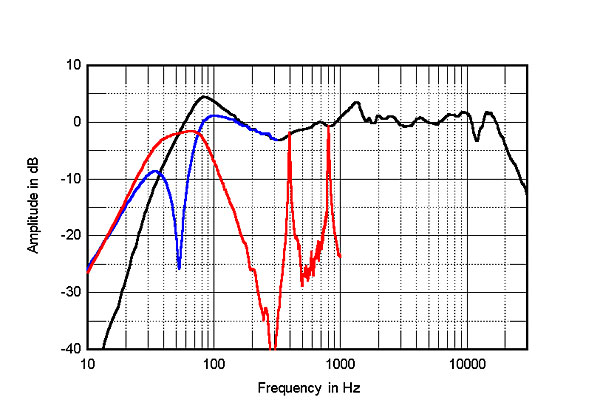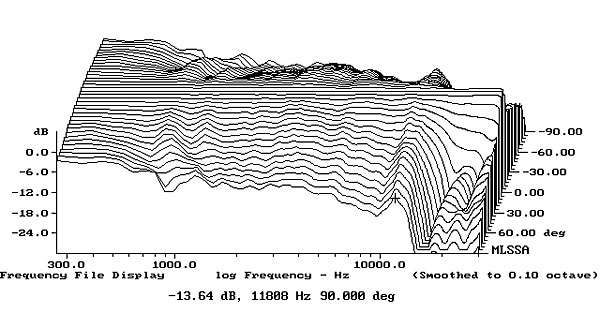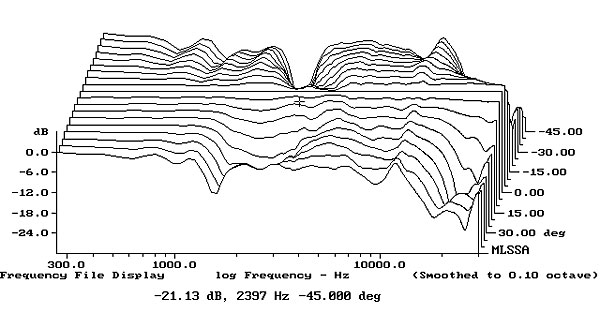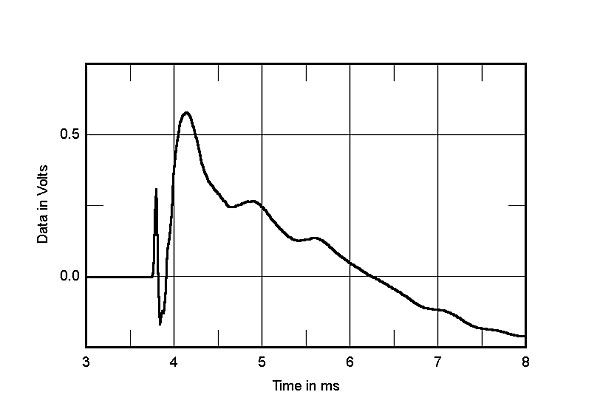| Columns Retired Columns & Blogs |
Who needs a subwoofer? just get a tiny bookshelf LOL
I have a VERY hard time believing a bookshelf speaker with a single 6" woofer can go to 30Hz at -3dB. Please....the B&W sub with a 200W amp and a 8" driver goes to 32Hz at -3db!
Silly me...all along I could've just get this tiny bookshelf and have a FULL RANGE sound. In an instant these speakers have wiped out the hi-fi industry...need to sell your CM9 guyz...useless...a floorstanding with dual 6.5" drivers and it only goes to 30Hz but at -6db! pffff losers!
Someone needs a Nobel prize for reinventing physics here...more likely it's time to cut the cr@p...both the manufacturer and Stereophile for having the guts to even publish these specs.



















































